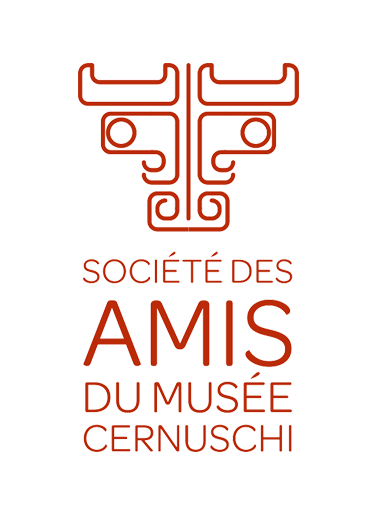From the Red River to the Mekong: visions of Vietnam
RED RIVER AT MEKONG, VISIONS OF VIETNAM
21 September 2012 - 27 January 2013

May Thứ. Two girls, 1942
This exhibition aims to present the vision of French painters on Vietnam from the end of 19e century in the fifties and thanks to the establishment of art schools (the School of Thu-Dau-Mot in 1901 - The School of Art of Bien Hoa in 1903 - the School of Decorative Arts of Gia- Dinh in 1913 and the Higher School of Fine Arts of Hanoi in 1924), the interpretation by Vietnamese painters of their own culture.
Following the first French explorers who had traveled the Southeast Asian countries, like Francis Garnier (1864), French travelers and painters ventured from the second half of 19e century in the young French colonies. They brought back watercolors and paintings, capturing with a fair view of places hitherto only imagined as heavenly. From Hanoi built on the right bank of the Red River in northern Vietnam (former Tonkin) to Saigon and the Mekong River in the south (former Cochin China), men and monuments aroused their interest.
At the beginning of 20e century, the French State encouraged artists to teach and establish art schools here as in its other colonies. In 1910, he created the Indochina Prize, which offered French artists a scholarship in Indochina. This artistic presence contributed to the opening in 1924 of the School of Fine Arts in Hanoi, under the direction of the painter Victor Tardieu, supported by a young Vietnamese, Nguyen Nam Son. The School welcomed many teachers who trained Indochinese artists in Western techniques: architecture, painting, sculpture, applied arts. Schools of applied arts were also created, some more particularly specialized in artistic fields: the School of Thu-Dau-Mot (1901) in cabinetmaking and lacquer, Bien-Hoa School of Art ( 1903) in the foundry of art and ceramics, the School of Decorative Arts of Gia-Dinh (1913) in engraving. Among the teachers who contributed to the establishment of a new style, we must mention Joseph Inguimberty, Evariste Jonchère, André Maire, Alix Aymé, Louis Bate.
These institutions brought new impetus to local production, renewing its themes and stylistic approach. The artists who graduated from the School of Hanoi adopted a realistic style based on the use of linear perspective and the search for volumes. The scenes, often intimate, that they depicted give us a sensitive look at contemporary life where women often occupy a central place (Lê Phổ, Lê Văn Đệ, Lương Xuân Nhị, Mai Thứ, Nguyễn Gia Trí, Nguyễn Phan Chánh, Nguyễn Tiến Chung, Nguyễn Tường Lân, Phạm Hầu, Tô Ngọc Vân, Vũ Cao Đàm,…). Some spoke on traditional media such as silk, others opted for oil painting. Nguyễn Gia Trí developed the technique of sanded lacquer painting.
Moving testimonies of a fusion between two civilizations, the works presented in this exhibition revive an era and offer us a walk in an endearing country.





